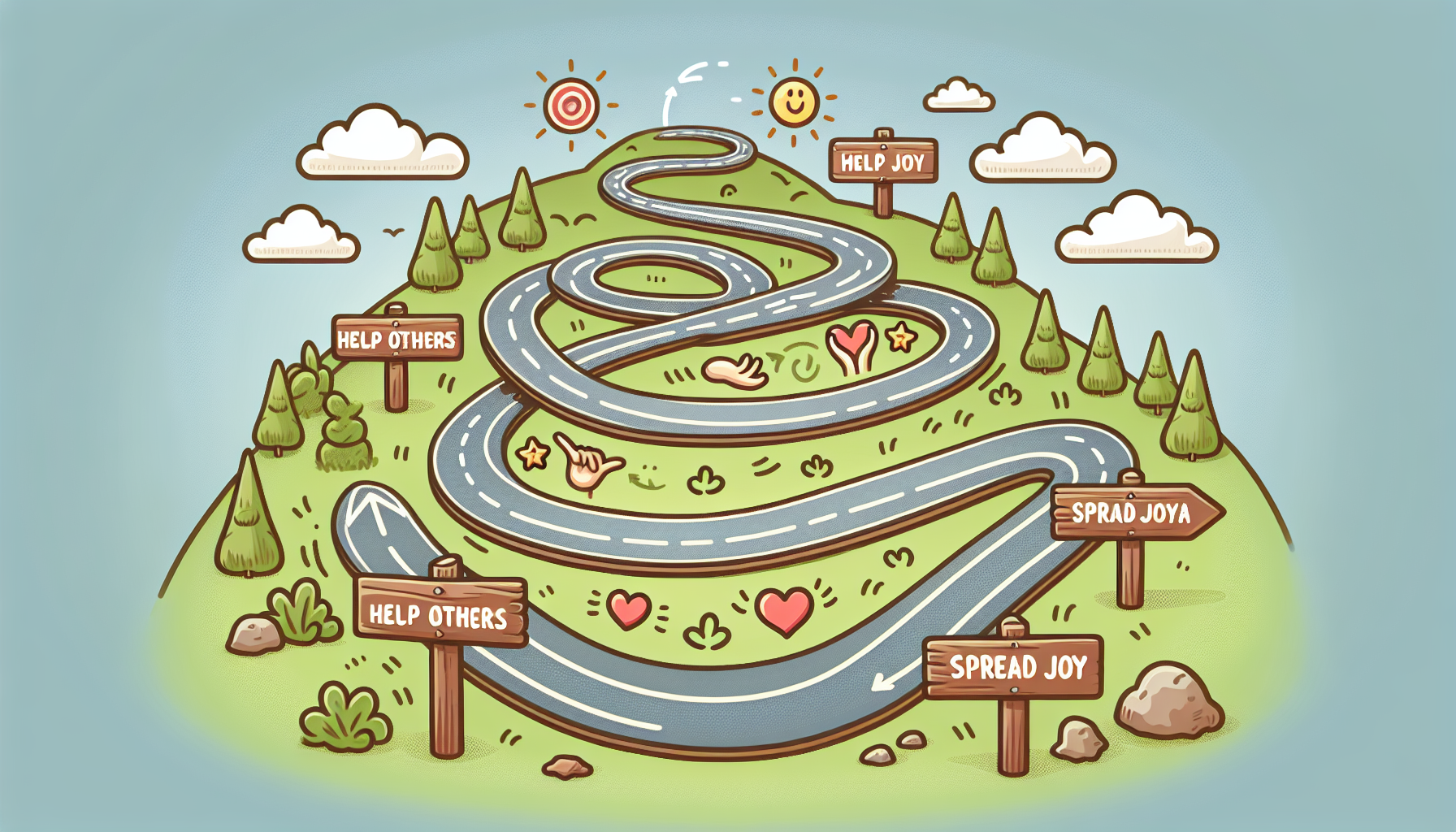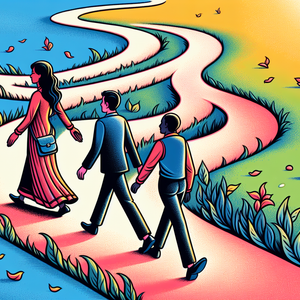The Hidden Costs of Becoming a UX Designer

The first major hurdle for aspiring UX designers is the cost of education. While many professionals enter the field with backgrounds in various disciplines, formal education in design or related fields can provide a solid foundation.
Degree Programs
Tuition Fees: Pursuing a degree in design, human-computer interaction (HCI), or a related area can come with a hefty price tag. Tuition fees for a four-year program can range significantly, from around $10,000 at state schools to more than $50,000 at private universities. For instance, prestigious institutions may charge upwards of $60,000, leading to substantial student debt for graduates.
Bootcamps and Online Courses
Financial Commitment: These programs often range from $2,000 to $20,000. While they promise quick entry into the job market, the financial burden can still be considerable, particularly for individuals juggling other financial responsibilities.
Tools and Software
Another commonly overlooked aspect of entering the UX field is the financial investment required for tools and software.
Design Software
Subscription Fees: Tools like Adobe Creative Cloud, Sketch, and Figma often require monthly subscription payments. For example, Adobe’s suite can cost about $52 monthly, which translates to over $600 each year. This ongoing expense can add up significantly over time.
Collaboration Tools
Project Management Tools: Platforms like Slack, Trello, and Asana may offer free versions, but many come with premium features that require subscription fees. These costs can further strain a designer's budget, especially early in their career.
Professional Development
The UX field is dynamic and constantly evolving, necessitating continuous learning and professional development.
Conferences and Workshops
Registration Fees: Events like the User Experience Professionals Association (UXPA) Conference or Interaction can charge between $300 and $1,500 for registration, not including travel and accommodation costs. For example, a UX designer traveling from the West Coast to the East Coast for a conference may incur additional expenses that can significantly raise their total investment.
Certifications
Cost of Certification Programs: Programs from institutions such as the Nielsen Norman Group or UX Design Institute can range from $1,000 to $3,000. While these certifications may improve job prospects and salary potential, they represent another financial hurdle that aspiring designers must consider.
Impact on Salary Expectations
Given these hidden costs, it is crucial for aspiring UX designers to understand how these financial investments can affect their salary expectations.
Salary Overview
On average, UX designers can earn between $85,000 to $120,000 annually, depending on experience and location. However, for a designer who graduates with significant student debt and has invested heavily in tools and professional development, their take-home salary may be considerably lower in the early stages of their career. This reality highlights the importance of budgeting and financial planning when pursuing a career in UX design.
Becoming a UX designer is undoubtedly an exciting and rewarding journey, but it is essential to recognize the hidden costs that accompany this career path. From educational expenses to software subscriptions and ongoing professional development, these financial factors can significantly influence an aspiring designer's career trajectory and salary expectations. By being aware of these costs and planning accordingly, future UX designers can better navigate their entry into the field with confidence and clarity. Ultimately, understanding the total investment required will empower individuals to make informed decisions, ensuring that they are not only passionate about their work but also equipped to thrive in a competitive industry. As the demand for skilled UX designers continues to grow, being prepared for the financial realities of the profession can make all the difference in achieving long-term success.
UI/UX Researcher
Google, Facebook, Amazon
Core Responsibilities
Conduct user interviews and usability testing to gather qualitative and quantitative data.
Analyze user behavior through various metrics and derive actionable insights to inform design decisions.
Collaborate with designers and product managers to translate research findings into user-centered design solutions.
Required Skills
Proficiency in research methodologies, including surveys, A/B testing, and ethnographic studies.
Strong analytical skills with experience in tools such as Google Analytics or Hotjar.
Excellent communication skills to present findings clearly to stakeholders.
Interaction Designer
Apple, Microsoft, Airbnb
Core Responsibilities
Design interactive elements of applications and websites, focusing on user engagement and experience.
Create wireframes, prototypes, and mockups that illustrate design concepts and user flows.
Collaborate closely with developers to ensure the feasibility of designs and adherence to usability principles.
Required Skills
Strong understanding of interaction design principles and user-centric design methodologies.
Proficiency in design tools such as Axure, Figma, or Adobe XD.
Knowledge of HTML, CSS, and JavaScript to communicate effectively with development teams.
UX Copywriter
Shopify, Slack, Dropbox
Core Responsibilities
Develop clear and concise copy for user interfaces, ensuring it aligns with the overall brand voice and enhances user experience.
Collaborate with designers and product teams to create content that guides users through applications and websites.
Conduct A/B testing on copy variations to determine effectiveness and improve user engagement.
Required Skills
Strong writing and editing skills with a focus on user-centric language.
Experience with UX principles and an understanding of how content impacts user behavior.
Familiarity with SEO best practices, particularly for web-based content.
UX Designer with Specialization in Accessibility
Adobe, IBM, Salesforce
Core Responsibilities
Ensure that products are usable and accessible for all users, including those with disabilities.
Conduct accessibility audits and user testing with diverse user groups to identify barriers.
Collaborate with design and development teams to implement accessibility standards and best practices.
Required Skills
Knowledge of accessibility guidelines (e.g., WCAG) and experience with accessibility testing tools.
Strong empathy and understanding of diverse user needs and challenges.
Familiarity with assistive technologies and how they interface with digital products.
Product Designer
Lyft, Square, Asana
Core Responsibilities
Oversee the entire design process for products, from ideation through execution, ensuring alignment with user needs and business goals.
Create and iterate on product designs, taking feedback from users and stakeholders into account.
Work cross-functionally with marketing, engineering, and customer support to launch and refine products.
Required Skills
Strong portfolio demonstrating end-to-end product design experience.
Proficiency in both UX and UI design principles, along with experience in user research and usability testing.
Ability to balance user-centered design with business objectives and technical constraints.


